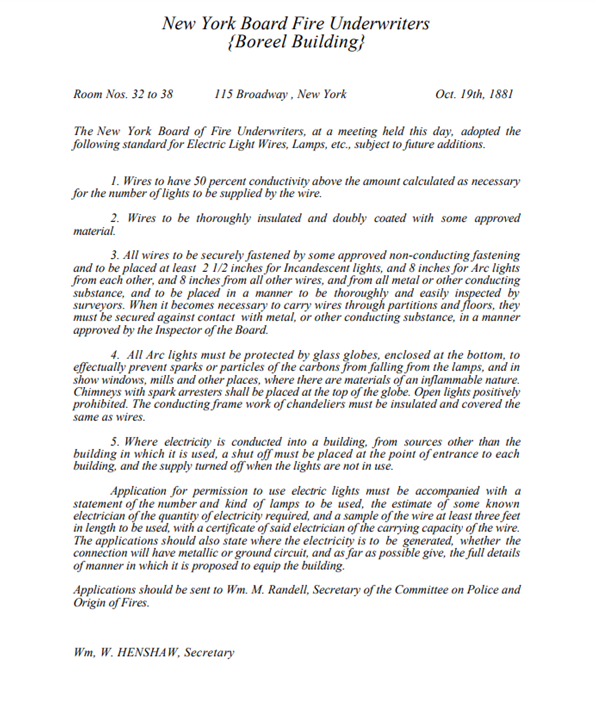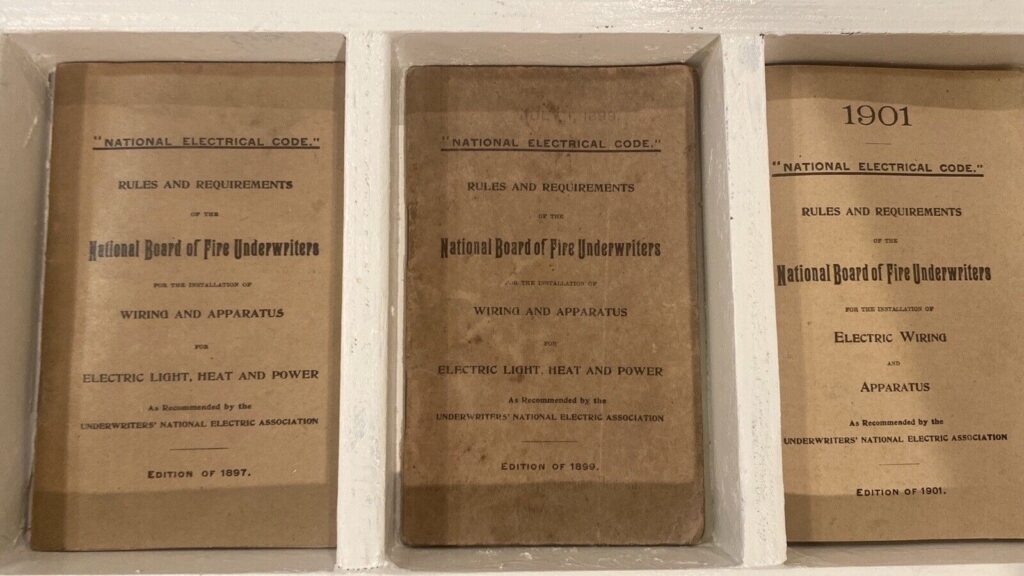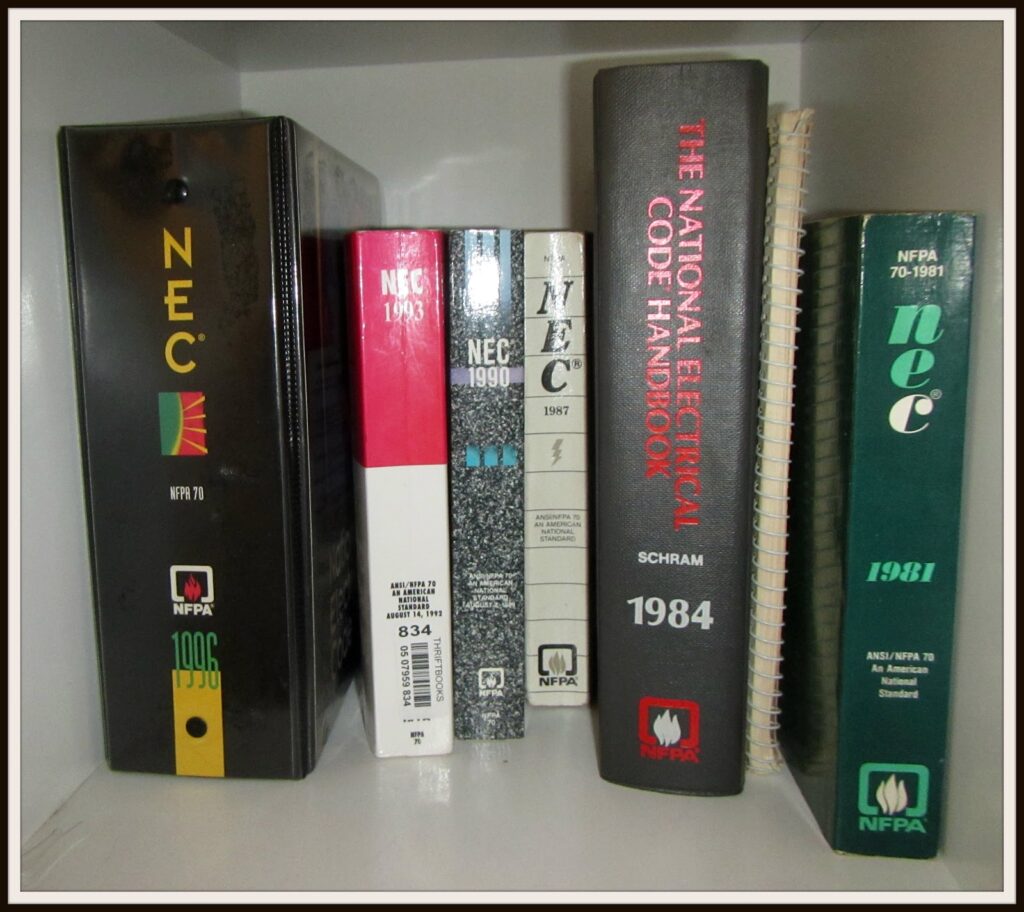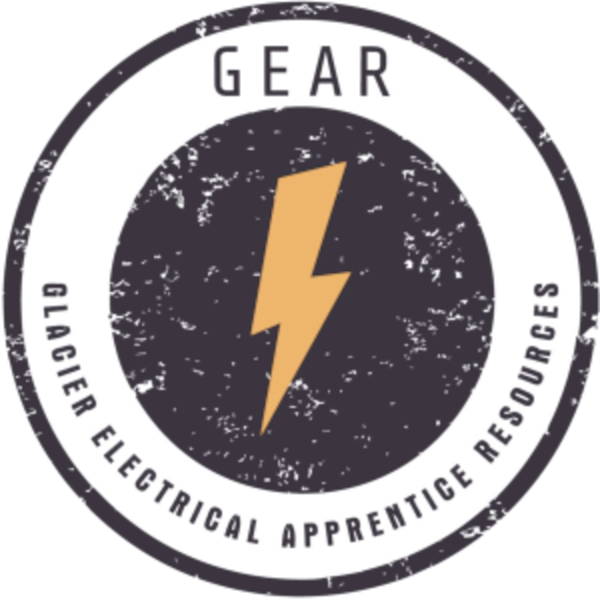A Look Back at the National Electrical Code
The National Electrical Code (NEC) is a cornerstone of electrical safety in North America. But how did this crucial document come to be? Today, we delve into the history of the NEC, exploring its origins and how it has adapted to keep us safe over the years.
From Fires to Standards: The Early Days (1881-1897)

The late 19th century saw a surge in electrical use. Unfortunately, this progress came with a cost – a rise in electrical fires. Recognizing the need for safety standards, fire insurance companies took the initiative. In 1881, the New York Board of Fire Underwriters established an electrical committee. This committee’s work culminated in the creation of the first standards for electrical lighting and wire safety.
Collaboration and Consensus: The Birth of the NEC (1897)
The initial code was primarily an insurance industry project. However, the need for broader representation was clear. In 1895, a crucial step towards a more inclusive approach was taken. A conference committee was formed, bringing together representatives from the electrical industry, architectural associations, and other stakeholders. This collaboration resulted in the birth of the “National Electrical Code” in 1897, the name it retains today.

A Dynamic Document: Keeping Pace with Progress
The NEC wasn’t meant to be a static document. Since its inception, it has been revised and updated every three years to reflect the continuous evolution of electrical technology. From the early days of light bulbs to the present era of smart homes and electric vehicles, the NEC has adapted to ensure electrical safety in our ever-changing world.

The NEC’s Enduring Legacy
Today, the NEC is a widely recognized and respected standard. It serves as the foundation for electrical safety regulations across North America. Its ongoing development ensures that electrical installations in homes, businesses, and industrial facilities remain safe for everyone.
Looking Forward: Safety in the Future
The future of electricity holds exciting possibilities, with advancements in renewable energy and interconnected devices. The NEC will undoubtedly continue to evolve, meeting the challenges and opportunities presented by these developments. As electrical technology surges forward, the NEC will remain a vital tool in keeping us safe and powered up for the future.
Did you know?
- The first edition of the NEC was a mere 39 pages!
- The NEC is not a law, but most jurisdictions in the US adopt its latest edition within a few years.
I hope this blog post sparked your interest in the history of the National Electrical Code. By understanding its origins and ongoing development, we can appreciate its vital role in ensuring electrical safety in our everyday lives.
